Let's be honest, though. Very few of these recordings have Phil's bass recorded at the proper level, and even fewer of us have systems that could accurately reproduce it. I saw an early show with the Wall of Sound system, and when Phil dropped the bomb the low bass would hit you in the chest like being smacked with a medicine ball. It was amazing. You had to hear him live to fully appreciate him.
On a side note, we used to play Seastones nice and loud when my record store closed for the night and people didn't want to leave. It drove them out every time.
Traversing The Phil Zone: The Late, Great Grateful Dead Co-Founder Phil Lesh’s Brilliant Music Legacy Lives On, and We Have Four Dead Experts Here to Pick Their Favorite Phil Moments on Vinyl

Phil Lesh, co-founding bassist of the Grateful Dead, sadly passed away at age 84 on October 25, 2024, and he will be remembered by millions of fans for the brilliant, inspiring music he made over the course of his incredible career. Many will perhaps most notably remember him for “Box of Rain,” the opening track to what is arguably the Grateful Dead’s most revered album, November 1970’s American Beauty (Warner Bros.), and it’s a song that is about as perfect a blending of music (by the Dead) and lyric (by Robert Hunter) as there ever was. However, there is so much more joy to explore from Lesh’s musical journey, so we here at AP thought it would be a fitting tribute to share some of our collective favorite “Phil Zone” tracks to spin on vinyl.
A lyric within Lesh’s time-shifting, mind-bending opus, “Unbroken Chain” — from the Dead’s recently reissued June 1974 LP, From The Mars Hotel — birthed the perfect title for Lesh’s best-selling, acclaimed 2005 autobiography published by Little, Brown, and Company, Searching for the Sound: My Life With the Grateful Dead. (Note that early copies of this endlessly fascinating book came with a nifty, promotional, collectible CD titled Carboard Cowboy that included rarities, interviews, and a Phil-autographed insert card. Its cover is seen in a somewhat cropped form at the very top of this story.)

Indeed, if that one phrase embodied Lesh’s essence, it was also one word within it in particular that reinforced his lifetime M.O. — searching. For one thing, Lesh studied violin and trumpet in his youth. He was an early fan of convention-challenging free jazz and avant-garde classical music, all of which no doubt influenced his work with the Grateful Dead. He even studied under composer Luciano Berio alongside other forward-leaning progressive music pioneers like Steve Reich. Much has been written about Lesh and his undeniable influence on modern bass playing, so I encourage you to not only to read Searching for the Sound but also watch some of the many enlightening video interviews with him available on the interwebs to learn more — in addition to, of course, listening to our ensuing aural selections on vinyl.
For those of you who may have perhaps taken Phil’s role in the Dead for granted or are simply unsure where to start when exploring his recorded output, we’ve gone and pulled together some key listening guideposts. To make sure we covered all bases, in addition to including my own choices here, I also enlisted the support of three of my longtime friends, all of whom have seen way more Dead (and various spin-off groups) shows than I have: 1) Kyle Holbrook, a fellow audiophile-leaning music lover/collector and audio inventor; 2) keyboardist/producer Mitch Stein, who has actually performed with all of the individual members of the Dead save for Jerry Garcia; and 3) Rick Cantor, who has performed in numerous Dead cover bands. (I believe Mitch had seen the Dead more than 300 times, and I know that Kyle followed the band for numerous tours, so his road-trip tallies are probably way up there as well.)
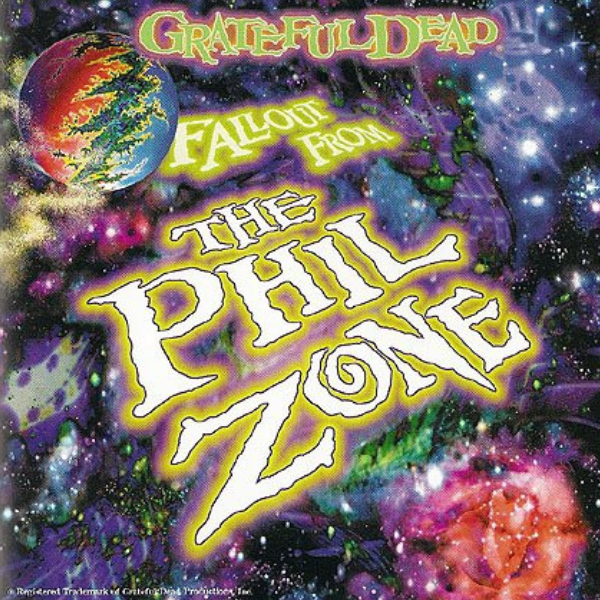
Here’s how we went about it. Paying homage to Dick’s Picks, the ongoing series of numerous official live recordings that the Dead have issued over the years, we’re compiling our respective choices under similarly named headers, and the following selections are dominated by some of our favorite on-vinyl moments from the so-called “Phil Zone.” As many of you may already know, that phrase refers to a fan-dubbed area that resided in front of Lesh’s bass amps, a place where concertgoers would position themself to enjoy the full power of his musicianship.
Note that the balance of our choices below can be obtained via officially released Dead LPs available from Music Direct via this link, as well as via the MD link graphic at the end of this story. As an added “tapers special,” so to speak, we’re also including some Lesh favorites of ours that are currently available in digital-only formats — though we, of course, hope the Dead-release gatekeepers see fit to putting them all out on vinyl someday as well. And with that — to our respective Dead-wax picks we go!
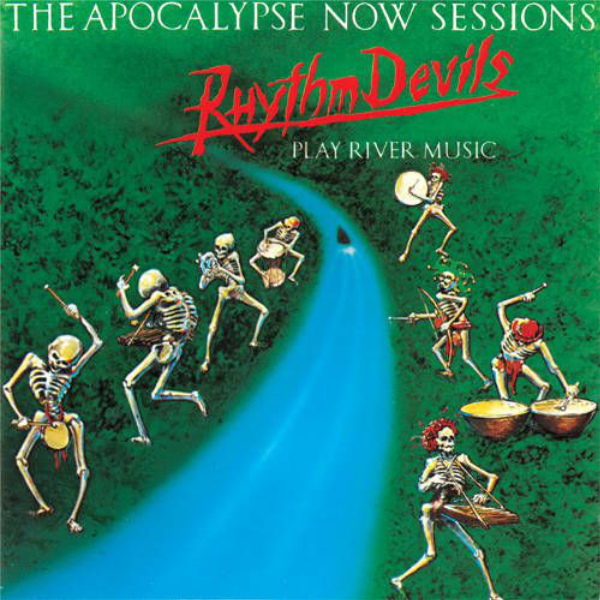
KYLE’S PICKS
1. Before I get into some live Dead favorites of mine, let’s not forget about just how good The Apocalypse Now Sessions with Phil, alongside Mickey and Billy, are.
[Mark notes: Featuring Dead drummer/percussionists Mickey Hart and Bill Kreutzmann with Phil Lesh on bass, that LP, credited to the Rhythm Devils, was also subtitled The Rhythm Devils Play River Music, and it was initially released on vinyl in May 1980 on Passport.)
2. I always found If I Could Only Remember My Name, David Crosby’s February 1971 debut solo album on Atlantic that features Phil and most of the Grateful Dead backing him, as one of the very finest examples of the 1970s San Francisco music scene.
[MM adds: Much more on this album in Mark’s section near the end of this story.]
3. Grateful Dead at Red Rocks 1982. Okay, now we can get into my “bonus cuts” selections — as in, some choice live tracks. At this particular Red Rocks, Colorado, run in July 1982, the Dead played “The Other One” twice in three days, on both 7-27-1982 and 7-29-1982. I recall the rocks actually vibrating under my feet!
[Mark adds: As Dead ’82 shows go, this one seems to be a gem, with a great second set in particular. To give you a taste, the YouTube clip above is of a somewhat keyboard-heavy soundboard recording of the show, which is a bit clearer than some of the audience recordings I spot-checked online — but you can hear Phil’s fluid playing on that tune beginning at around the 1:45:00 mark.]
4. Phil & Friends at Mountain Aire, May 27, 2000. With guitarist Jeff Pevar, guitarist Derek Trucks, and drummer John Molo just before the forming of the Quintet, this is my favorite grouping of Phil & Friends.
[Mark adds: There is nice soundboard of this show on archive.org that you can check out by going here. I just started listening to it myself, and I can attest Phil is audibly in full flower — and I am just digging the smoking “Help on the Way > Slipknot > Franklin’s Tower” sequence as I type this! Pevar (David Crosby, Jazz Is Dead, CPR) is an especially brilliant, underappreciated guitarist whom I got to meet once over dinner with Mitch, whose own picks begin right after this.]

MITCH’S PICKS
1. “Saint of Circumstance” off April 1980’s Arista release, Go to Heaven (Side 2, Track 2), features some beautiful Phil work throughout, and his role here ends up being both melodic and quite funky.
2. “Attics of My Life,” from the earlier-mentioned American Beauty (Side 2, Track 4), is a great example of the distinct sound of Phil Lesh — as is “Till the Morning Comes” (Side 3, Track 3).
3. Not only is “China Cat Sunflower > I Know You Rider,” off November 1972’s 2LP Warner Bros. set Europe ’72 (Side II, Tracks 3 & 4), a stunning example of Phil’s amazing ability to drive things via playing his bass as a lead instrument — especially during the transition — and it was that combination that sealed the deal for my tenure as a Deadhead. As the saying goes, I definitely wore the grooves out on that one.
4. Listen to “Eyes of the World” on October 1973’s Grateful Dead Records release, Wake of the Flood (Side B, Track 2), to hear another textbook example of Phil’s use of the bass as a melodic instrument as much, if not more than, simply establishing the necessary harmonic center.
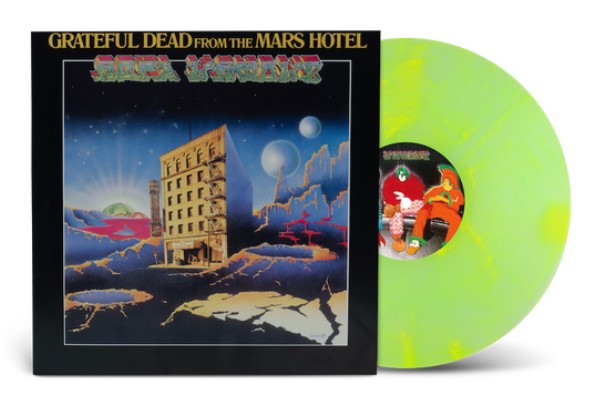
5. After much thought, I realized my list wouldn’t be complete without “Pride of Cucamonga,” off June 1974’s From The Mars Hotel (Side 2, Track 2). Not only does it feature Phil in outstanding vocal form, it also features a brief, half-time minor blues jam in the middle of what is otherwise a country-tinged tale.
[MM adds: You can read Mark’s stellar review of the recent 50th anniversary Mars Hotel 180g 1LP reissue from Rhino by going here.]
6. Finally, for my “bonus tracks” selections, I’m going to cull the last two of my favorite Phil choices from the May 2002 CD-only Phil Lesh & Friends release on Columbia, There and Back Again. First up is “Night of a Thousand Stars” (Track 2). Composed by Phil, Robert Hunter, and Warren Haynes, this one is a fast-forward groove I’m sure Hunter would have dug. Phil’s lines drive things with intent, precision, and, as always, jigsaw-puzzle-perfect interlock with the other musicians.
[Mark notes: Longtime Grateful Dead lyricist Robert Hunter sadly passed away at age 78 in September 2019.]

7. Next is “Leave Me Out of This” (Track 9). Dark Star Orchestra members Rob Barraco and Jeff Mattson co-wrote this one — and, in addition to being seven rollicking minutes of expert musicianship by all involved, it features some surprising sonic exploration that allows Phil’s contributions to really shine.
[Mark adds: I own a hard-to-find SACD version of There and Back Again that was issued by Columbia in 2002. [Ditto!—MM] While researching this story, I also learned of a promotional CD that has an early, once-unreleased 1970 Dead track, “Mason’s Children,” which was an infrequently played outtake from 1970’s Workingman’s Dead that Phil brought back to life with this band. I will certainly be seeking out that release, as it’s not on the final Back CD!]
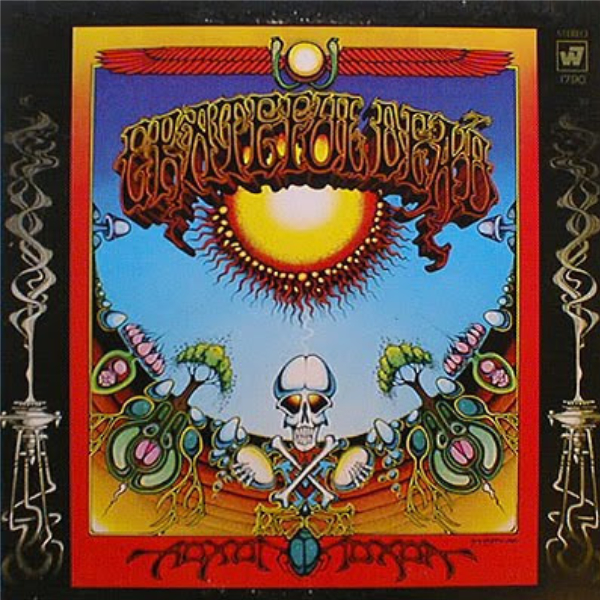
RICK’S PICKS
1. One From The Vault (3LPs, April 1991, on Grateful Dead Records): From the opening band announcements through the entire show, Phil is on fire!
[MM notes: More on this amazing live album in Mark’s Picks section below.]
2. Aoxomoxoa (1LP, June 1969, on Warner Bros.): I have to go with the original recording of Aoxomoxoa, in which Phil was instrumental in mixing.
[MM adds: IBID — as in, it’s also in Mark’s Picks below!]
3. My “bonus tracks” selection is actually a full 2CD set, Fallout From the Phil Zone. [Mark notes: This fine 1997 2CD compilation from the Grateful Dead Records label celebrates many of Lesh’s contributions to the Dead. It was compiled by the artist himself, and it features many cool rarities.]
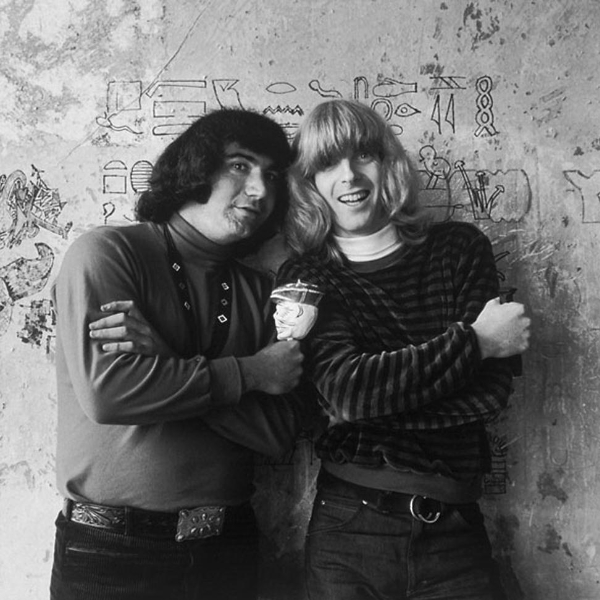
MARK’S PICKS
1. “Unbroken Chain.” This is my personal favorite Phil moment — and arguably one of the finest tracks the Grateful Dead captured in the studio. “Unbroken Chain” — which appears on the aforementioned 1974 LP From The Mars Hotel (Side 1, Track 3) — switches gears on a dime, and it somehow works as a unified whole. It flips between plaintive country-tinged progressive-leaning rock, jazz fusion, and the blues, all wrapped up in a six-plus-minute epic that is both exhilarating and mesmerizing.
2. “Saint Stephen.” Whether you listen to the great version of it on Side 2 of the November 1969 2LP set on Warner Bros., Live/Dead, that then segues into an epic take on “The Eleven,” or the trippier studio version on the aforementioned, palindrome-titled Aoxomoxoa (Side 1, Track 1), “Saint Stephen” is in many ways the ultimate Grateful Dead spirit track (if you will). It rocks, it rolls, it swings — and it breaks down into, well, weirdness. Its infectious, funky lilt is driven largely by Lesh. His chordal duet at the opening with Jerry Garcia (seen in the B&W photo a few paragraphs above this one next to Phil, circa the mid-1960s) is almost avant-garde classical in nature. Phil’s low rumbles keep the song flowing, interlocking, and rocking with the drummers, but he also keeps the quiet psychedelic parts afloat when the rhythm drops out. I am indeed fond of the original 1969 studio version more than Phil’s 1971 remix/edit — but any way you listen to it, “Saint Stephen” is an amazing tune.
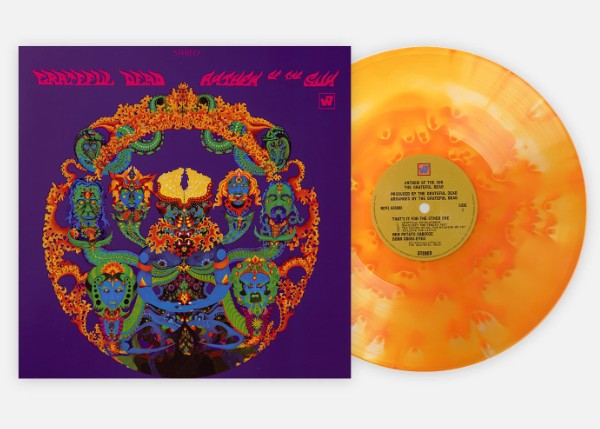
3. Anthem of the Sun. Lesh’s electronic, musique concrète influences came to the fore on the Dead’s July 1968 sophomore release on Warner Bros. It’s a stunning, all-analog, tape-edited sound collage, and apparently — if the reporting I’ve read about it online is accurate, that is— Lesh had to be reined in a bit during Anthem’s production for his expansive ideas. Its wild experimentation — such as the rarely (if ever) performed electronic music section “Quadlibet for Tenderfeet” (Section II of Side 1’s opening track, “That’s It for The Other One”) — adds to the remarkable nature of this recording, start to finish.
I have been enjoying the recent Vinyl Me Please reissue of the Anthem LP (SRP: $45), as mastered off the original 1968 master tapes that I prefer over the 1971 remix/edit. The VMP pressing sounds terrific, even given its intensely patterned color vinyl. It’s pretty quiet, well-centered, and features nice remastering. And, besides, it sure is super-hard to find original 1968-era pressings of this album in good condition.

4. One From The Vault. A comeback concert after a long hiatus for the Dead, this rare small club gig — held at The Great American Music Hall in San Francisco on August 13, 1975 — was for years a widely bootlegged and frequently traded (on tape) radio broadcast. It is widely considered one of the all-time classic Dead experiences committed to tape (and, eventually, vinyl). Phil’s playing here is mighty on high, from Side A’s opening funk of “Help on the Way > Slipknot! > Franklin’s Tower > The Music Never Stopped,” on through to “Eyes of the World” (Side B, Track 2) and the gorgeous, reggae-vibed “Crazy Fingers” (Side D, Track 2).
Essential listening, One From The Vault was initially issued in 1991 on CD in the U.S., but was also available on a (now-rare) European 3LP set. Vault vinyl was reissued domestically in 2013 as an RSD offering from Rhino, but it is worth noting that I have heard ugly rumors from several analog-loving fans that this release was reportedly cut from a 16-bit digital source (probably a safety DAT).
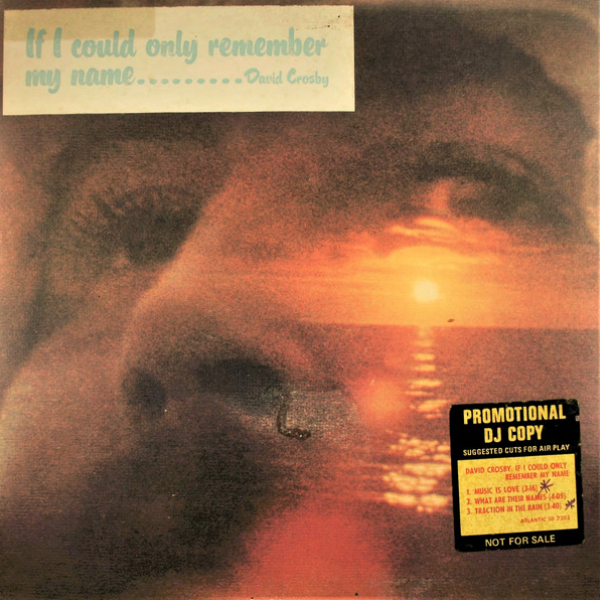
5. If I Could Only Remember My Name. David Crosby’s November 1971 debut solo LP on Atlantic is a masterclass in post-psychedelic folk-rock songwriting, communal musician interplay, and glorious production values. Lesh’s bass playing holds a prominent role on many of its tracks, such as “Laughing” (Side One, Track 4) and “Tamalpais High (At About 3)” (Side One, Track 3). Rhino’s all-analog 2021 vinyl reissue is indeed very nice, and it sounds about as good as my original first-gen white-label promo copy does — but I must admit that I am partial to the also-recent Plangent Processes-restored digital version, and most especially the out-of-print 2006 DVD-A edition with the surround mix.
[AP editor Mike Mettler adds: Analogue Productions’ recent, 2024-released Atlantic 75 series 180g 45rpm 2LP version of this brilliant Croz solo album gets a 10 for Music and 11 Sound rating from me, and it will be reviewed in a larger context in a major feature story coming soon(ish) to AP. But for now — back to Mark, Lesh, and the Dead!]

6. Sunshine Daydream" Veneta, Oregon, August 27, 1972. I would be remiss if I didn’t mention something from one of the Dead’s finest performances, which occurred in Veneta, Oregon, on August 27, 1972. You can immerse yourself in the magical interplay the band tapped into that scorching summer day. Fortunately, this concert film and soundtrack has been restored from the original 16-track multichannel tapes, and it was issued as a limited-edition (5,000 copies) 180g 4LP set in September 2013 by Rhino — and it currently commands hefty collector’s prices, so be ready! Listen for Lesh’s dueling solo alongside Garcia’s during the epic “Dark Star” (Side 6, Track 1). If the price of LP entry is currently too steep for you, here is the YouTube clip of “Dark Star” from that show.
7. Seastones. For those of you who want to test your sound systems with unusual sounds and explore some of the more experimental sides of the Phil Zone, look no further than the 1975 Round Records LP release titled Seastones. A collaboration with electronic musician Ned Lagin — who wrote and composed this music between 1971 and 1974 — this album is wonder of musique concrète constructions, ambient moods, and trippy processed vocalese from David Crosby, Grace Slick, David Freiberg, and Jerry Garcia.
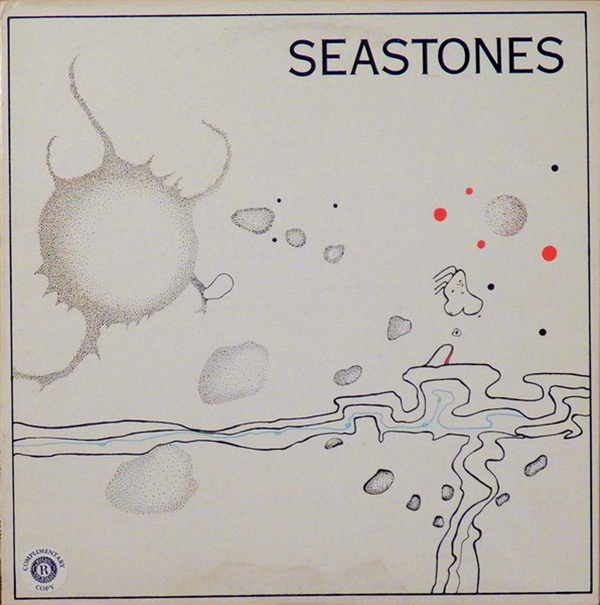
Phil is present on electric bass all throughout Seastones, but you’ll hear plenty of early synthesized music as well as classic early E-mu and Arp synths as well. Last in print in the early 1990s on CD via Rykodisc, you can usually find used copies of the original Seastones LP for around $25 and up, but it too clearly needs a proper reissue!
8. “Box of Rain.” And now, we come full circle, back to where this story began. “Box of Rain” is a simply gorgeous melody inspired by Lesh’s dying father, along with perfectly suited lyrics crafted by longtime Dead collaborator Robert Hunter set to the bass maestro’s melodies. Phil’s bass playing here interlocks, propels, and swings the entire band in a moment of sublime and poignant pure pop perfection, making it the ideal album opener for the earlier-cited American Beauty.
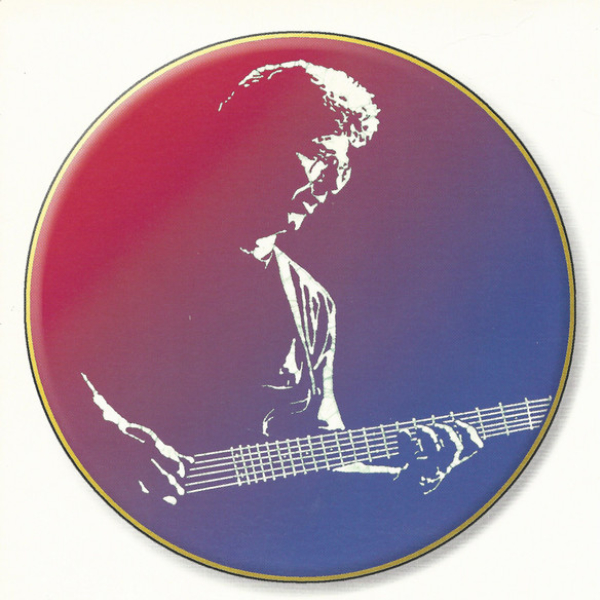
PHIL THEE WELL
Phil Lesh impacted the lives of many individuals around the world with his contributions to the Grateful Dead and numerous sideprojects. Thankfully, for all of us, he left behind a significant catalog of recordings that are readily available on vinyl (and elsewhere). It is always remarkable when looking back on such prolific artists who crammed so much musical joy into their lives, and it boggles the mind at times just to contemplate it all. This all makes the final farewell from “Box of Rain” all the more bittersweet: “Such a long, long time to be gone / And a short time to be there.”
Fare thee well, Phil Lesh. You will not be forgotten. Your music will never stop.
Mark Smotroff is an avid vinyl collector who has also worked in marketing communications for decades. He has reviewed music for AudiophileReview.com, among others, and you can see more of his impressive C.V. at LinkedIn.

- Log in or register to post comments


















































